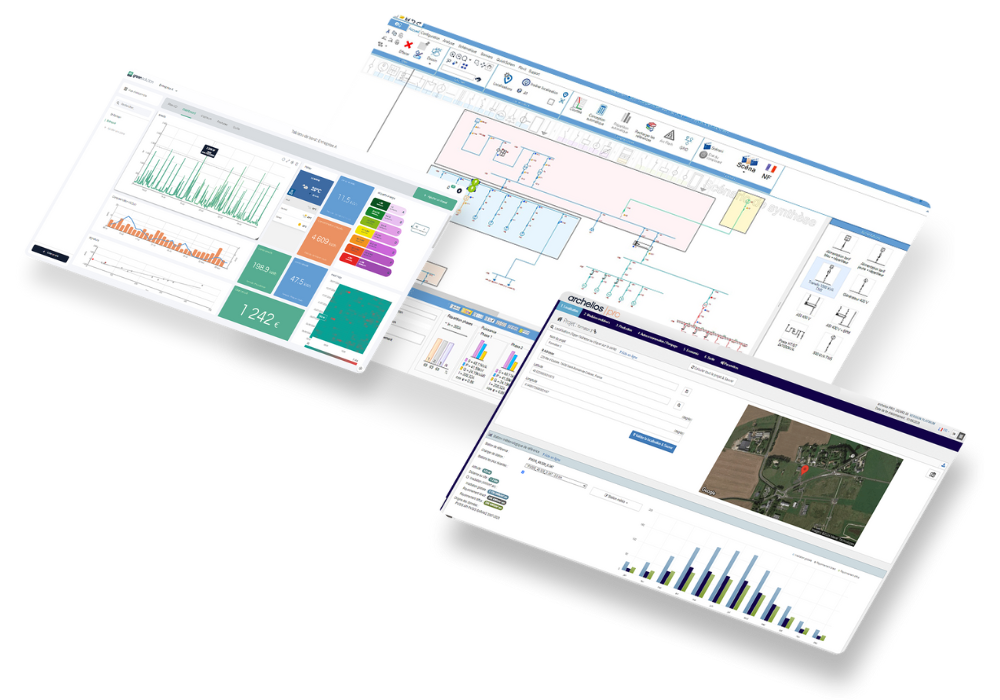Identify your profile and discover the solution(s) best suited to your needs.

National
Regional
Industry
Tertiary
Small tertiary sector
Nuclear
Petrochemical
Pharmaceutical



Industry
Tertiary
Private
Public
Small & medium engineering consultants
Large engineering consultants
Execution
Conception





Learn more about our solutions?
Search